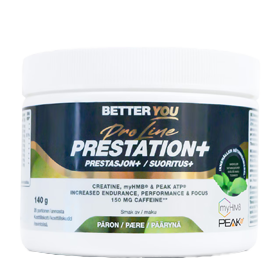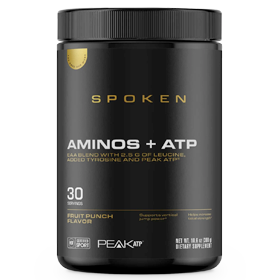
In previous blogs, we looked at ways to tweak your training and mindset to promote sustainable success. Today, we will go over some meal planning techniques that will help make healthy eating enjoyable and less stressful. To make a meal plan sustainable, it should become intuitive and should not require the use of logging every single calorie. I think logs are great for short-term diets or for beginners, but it becomes too tedious over time. So let’s simplify things!
Do some meal prep.
If you envisioned an assembly line full of bland food in Tupperware, you’re not alone. While many of us feel this way about meal prep, it doesn’t take much to throw some chicken in the slow cooker, bake some potatoes, or roast some veggies. I always have at least one cooked lean protein in the fridge. This way, if I need to pack a meal, I can easily assemble it before I go out. This makes the meal taste much fresher, and also gives you more options for meal planning. The idea is to be at least a little prepared. If there’s always a “clean” food option on hand, you’re less likely to become overly hungry, desperate for food, and consequentially, overeat..
Establish ground rules for eating on the go.
In an ideal world, we’d be able to have freshly cooked meals with us at all times. Unfortunately this isn’t realistic. We have work, meetings, traffic, or find ourselves on the other side of town with only fast food options. If you’re not preparing for a competition, it really is not feasible or convenient to have meals with you at all times. The best thing to do is learn to adapt. Learn what foods are typically healthier. Choose a lean protein and an unprocessed carb. Or, if it’s later in day, choose a lean protein and some healthy fats.
Good choices include fish or chicken, rice, and steamed veggies, or a salad with lean protein and dressing on the side. Add a small amount of dressing to your liking. Just watch out for toppings like croutons, dried fruits, or candied nuts. You can even find healthy options at gas stations if you’re really in a bind. Opt for fresh fruit, hard-boiled eggs, nuts, or canned tuna.
Fuel your body when you’re most active.
This is a pretty simple one: eat more when you’re most active, and eat less when you’re sedentary. Many times, we restrict during the day, and end up eating a big meal late at night. While the overall caloric intake might be lower for the entire day, we’re fueling up our bodies just when it’s time to wind down and go to sleep. Metabolism tends to be slower at night, so a large meal may not be digested as well as if it was eaten earlier in the day. Focus on fueling your body both before and after training. Increasing calories during the day can help to prevent overeating at night.
Don’t be afraid of a re-feed.
Notice the use of terminology here. The word “re-feed” sounds more constructive than a “cheat.” A re-feed is a strategic use of a calorie surplus to rev the metabolism, while a cheat is an unplanned deviation from a meal plan. If your goal is to get lean, or if you’re already lean, a weekly re-feed can be very beneficial. It can help break up the monotony of meals, it can boost metabolism, and it can be effective at curbing cravings. A re-feed is simply a higher calorie meal with healthy(ish) foods. I say “healthy-ish” because you can try sushi, a hamburger, or some frozen yogurt and see how your body responds the next day. If you wake up looking full and lean, the meal was a good one. If you wake up looking smooth and bloated, the meal was a little too rich. Each person responds differently, that’s why it’s important to experiment.
Keep snacks on hand.
I always joke about my “emergency tuna”, or the can I keep in my gym bag, just in case. I actually like eating canned tuna, so it doesn’t bother me if I need to crack open the can for a quick snack. If that’s not your forte, opt for a protein bar, Greek yogurt, string cheese and an apple, a scoop of protein in a shaker, or single-serve packet of almonds. Be sure to always keep a snack on hand. You never know when you might be stuck somewhere with no food. A snack will help take the edge off and will keep you on track!
These are just a few things I rely on to stay lean year round. I also rely on PEAK ATP to helping me stay strong! I have great workouts with it, and am always able to train harder!
Thank you for reading! Until next time, train hard and eat well, y’all!
Erin Stern, 2x Ms. Figure Olympia










